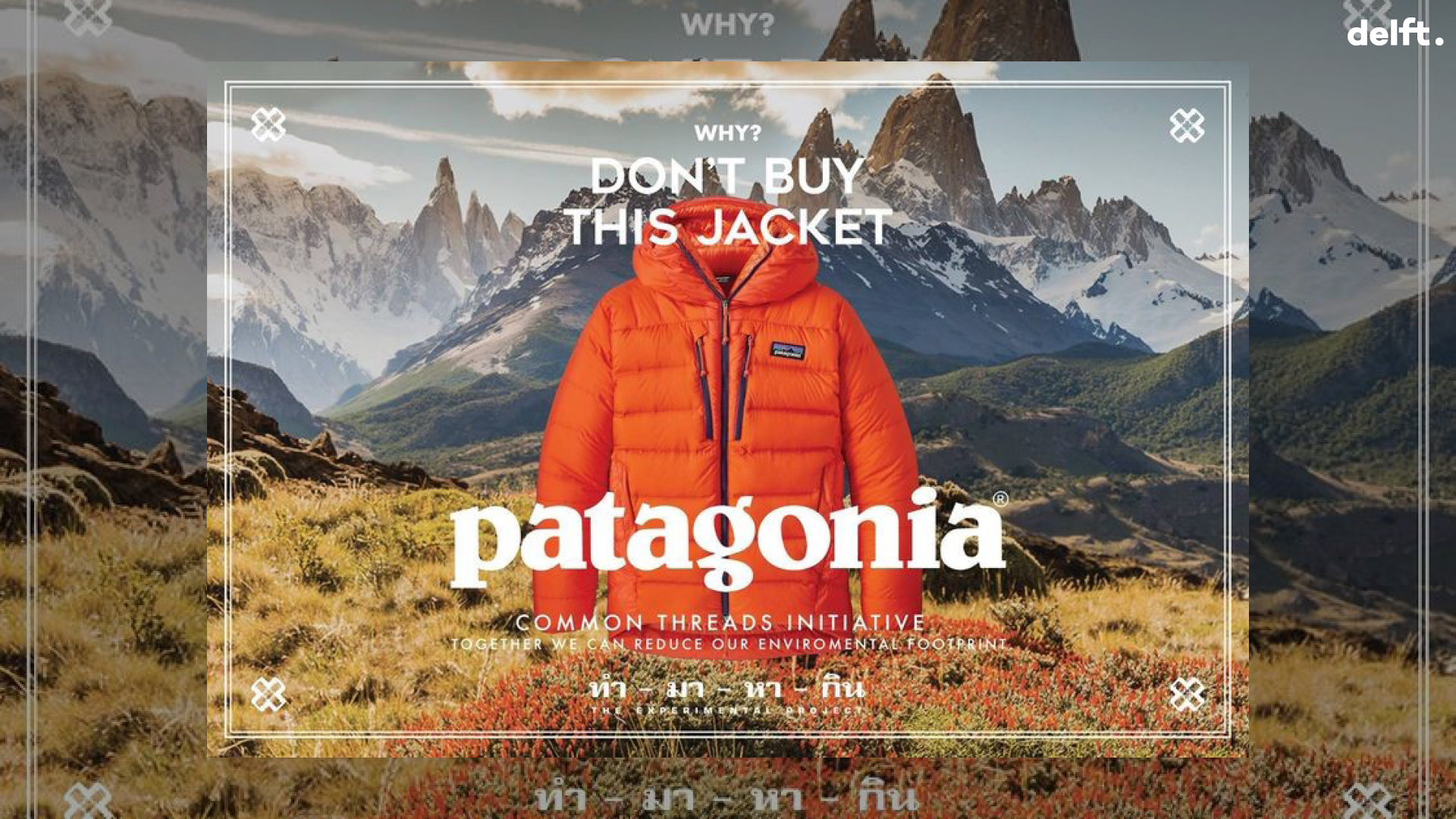How Emotions, Logic, and Ideology Drive Modern Behavior — and What That Means for Marketing, Politics, and Work
Read at Medium HERE
In today’s saturated market of ideas, products, and opportunities, people often filter decisions through one of three lenses: emotion, rationality, or ideology. These aren’t just marketing categories—they shape how we vote, work, and live. Understanding the dynamics behind each mindset can give businesses, brands, and leaders a strategic edge, especially as generational and class-based differences continue to evolve.
1. Emotional Thinkers: The Power of Feeling First
Emotionally driven individuals are influenced by gut instincts, vibes, and personal connections. Brands that make them feel something—joy, nostalgia, purpose—win their loyalty.
📌 A study published in Review of Business Management found that emotional appeals in advertising significantly increase engagement and purchase intention, especially for products with low consumer involvement (RAUSP, 2021).
Think: Coca-Cola’s “Open Happiness,” or Apple's design-led storytelling. These aren't just campaigns—they’re emotional experiences.
In politics, emotional thinkers are drawn to charismatic figures and narratives. Emotional resonance often trumps detailed policy in driving support.
At work, they’re energized by company culture and mission-driven environments. They’re loyal to leaders who inspire, not just manage.
This mindset is strong across the middle class, where aspirations and identity-building are key.
2. Ideological Thinkers: Brand Loyalty with Belief
Ideological decision-makers prioritize alignment with their values—whether it’s environmental sustainability, social justice, or religious identity.
📌 Research from Duke University showed that people often reject factual information if it threatens their ideological worldview. For example, conservatives were less likely to believe in climate change if the solutions presented involved government regulation (Wired, 2014).
In consumer behavior, this leads to belief-driven brand choices—like supporting Patagonia for its environmental activism or boycotting brands based on political stances.
In politics, ideology leads to consistent voting behavior, regardless of economic self-interest.
In professional settings, ideological thinkers seek out organizations that “walk the talk.” They’re quick to spot hypocrisy and often push for internal accountability.
This mindset is especially common among the educated upper-middle class and younger generations, who often view their beliefs as part of their personal brand.
3. Rational Thinkers: The Value Calculators
Rational thinkers approach decisions analytically. They prioritize utility, comparing features, benefits, and prices before committing.
📌 A study analyzing online reviews found that negative, rational feedback had a stronger impact on perceived product quality than emotional comments—especially in deterring purchase decisions (Francis Press, 2023).
These consumers respond to clear value propositions. They don't care about a brand's story if the price-to-performance ratio doesn’t check out.
Politically, they tend to be swing voters—focused on practical outcomes over ideology.
At work, they thrive in KPI-driven environments and expect logical incentives and fair compensation.
Rational thinking is common in the working class and among professionals in technical roles, where resources and risks must be managed carefully.
Generational and Social Class Dynamics
Gen Z and younger Millennials represent a complex hybrid of these mindsets. Raised on social media and exposed to more global challenges, they:
Demand ideological consistency from brands.
Seek emotional resonance in content and experiences.
Still value rational clarity, especially in an era of economic precarity.
They're not either/or—they're and. Brands must now speak to values, emotions, and logic simultaneously to be effective.
Social class also affects which mode is dominant:
Working-class consumers often prioritize rational decisions due to financial constraints.
Middle-class consumers may lean more emotional, seeking identity and aspiration.
Upper-middle and elite classes are often more ideological, choosing based on alignment over price or trend.
Conclusion: One Message Doesn’t Fit All
Understanding whether your audience is emotional, ideological, or rational is essential. It shapes everything—from how you market a product, to how you manage a team, to how you design policy. The most effective leaders and brands? They don’t pick one approach. They learn how to speak to all three lenses—often at once.
Because at the end of the day, people aren’t just consumers or voters or workers. They’re complex, layered human beings who want to feel, believe, and understand.
Want to know where your brand stands?
We offer brand audits to identify strengths, weaknesses, and opportunities for growth.
Visit www.tomasdelft.com to book a consultation, and let’s craft a brand strategy that positions your business for long-term growth, profitability, and market dominance.





